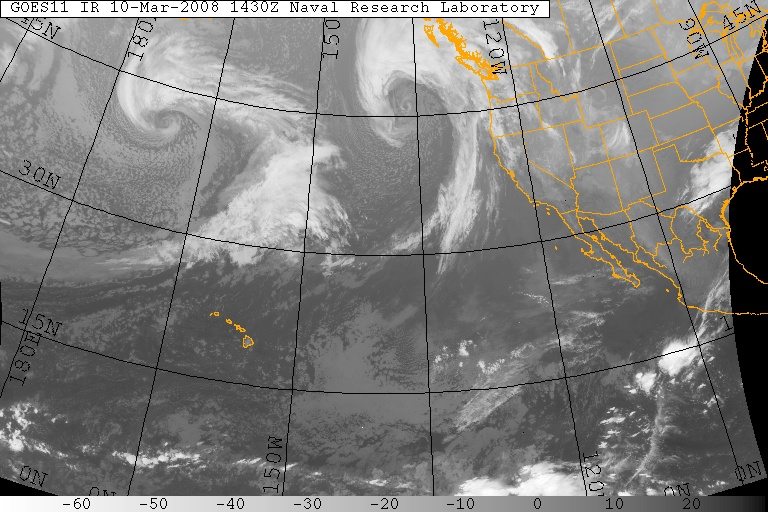Study reveals global and local climate changes
A study compiled by researchers at Warwick University has suggested that the hottest days in some parts of Europe have warmed over four times the global average since 1950.
The paper, which was also worked on by researchers at the Grantham Research Institute, aims to illustrate the disparities that often crop up between global climate change and local climate changes affecting individuals.
By translating observations of weather into observations of climate change using a gridded dataset of weather reports dating back to 1950, researchers have discovered that the hottest five percent of days in summer have warmed fastest in a band from Southern England across to Denmark.
In contrast, the days that come in at only slightly hotter than average have warmed most in more southerly European regions, such as Germany and southern France.
Dr. David Stainforth, head researcher on the paper, commented: “Climate is fundamentally about the distributions of weather. As climate changes, distributions change. But they don’t just shift, they change shape.
“In Britain, climate change will feel very different if you live in Northumbria to if you live in Oxfordshire.”
Sandra Chapman, professor at Warwick University, added: “It is common to discuss climate change in terms of changes in global average temperature but these can be far from people’s perceptions of climate change.
“The results in this paper begin to provide a picture of how local climate has been changing across Europe. It is a picture that is closer to that experienced by individuals.”
The researchers expect their findings to be of great value for “climate services,” helping organisations prepare for and predict a rapidly changing global climatic outlook.
These include major global weather monitoring organisations, such as The World Meteorological Organisation, and those closer to home, such as The Met Office.
Dr. Stainforth summed up the relevance of the work: “Changes in local climate pose challenges for decision makers across society not just when preparing for the climate of the future but even when planning for the climate of today.
“We need to design buildings so that they don’t overheat, decide which are the best crops to plant, and even plan for variations in large scale productivity.
“These would all benefit from knowledge of how the climate distribution has changed at particular locations. This work begins to provide such information.”
The work was published in the journal Environmental Research Letters.

Comments